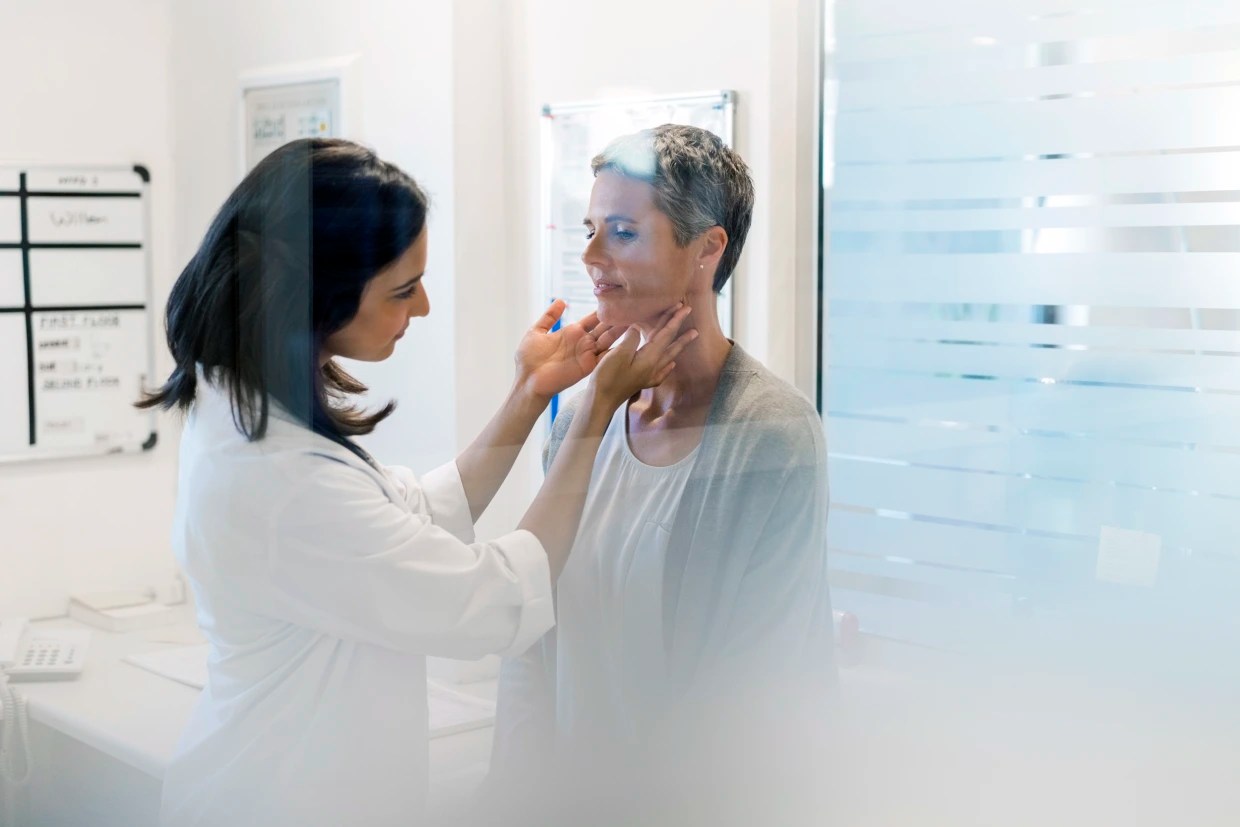While it was once a right of passage for school-aged children, chickenpox seems to be on the decline, according to reports from the Centers for Disease Control. This trend is most likely due to the development of a vaccine that prevents children from "catching" the disease from their peers.
But since not all schools require the vaccine, chickenpox is still quite a common childhood disease. And even though most associate chickenpox with its itchy red spots, the disease can cause hospitalization and even death in severe cases.
Most doctors emphasize the importance of vaccinating your child against chickenpox, but it is still important to understand how this disease works, and what you need to do in case your child comes home with a case of the pox.
What Are These Red Spots?
Chickenpox, not named after the bird, got its name because doctors thought the red spots looked like chickpeas. It is caused by a virus, called varicella, which quickly multiplies and spreads, causing fever, tiredness and the telltale blistery rash that may cover the entire body. Most kids will only start to see the red spots two days after they have been infected, so at first, chickenpox feels a lot like a typical cold or flu.
This delay in seeing the little red spots is what makes the disease so contagious. A person with chickenpox is more likely to spread the disease within the first two days of being infected, so a child sent to school with a cough may inadvertently spread the virus when he sneezes or coughs.
When the rash appears, the sores begin as small, pink circles, but soon sprout a fluid-filled blister on top. About two days later, the blisters will begin to dry out and form a crust. New spots may form as older pox dry out, but rarely does the rash continue to grow past a week.
Once you suspect that your child has chickenpox, the CDC recommends keeping your child at home, making sure he or she gets plenty of rest. To keep the fever down, give your child non-aspirin medications, such as children's Tylenol. If the fever exceeds 102 degrees Fahrenheit or lasts for more than four days, call your child's pediatrician.
Health
Itch, Itch, Itch
Probably the worst part of having the chickenpox is the incredibly itchy rash that will start on the chest, but can spread all over the body—even inside the ears and mouth. Some people can have up to 500 sores on their body, resulting in a constant urge to scratch
But scratching chickenpox can cause the sores to become infected, so the CDC recommends trimming your child's nails to get rid of sharp edges. Over-the-counter oatmeal baths or Calamine lotion may also relieve some of the discomfort.
When Chickenpox Get Serious
Before the advent of the vaccine, there were about 100 deaths reported each year from the chickenpox, mostly in previously healthy children and adults.
If your child is at an increased risk of complications from chickenpox because he or she is over the age of 13 or has a chronic skin or lung disease, your doctor may prescribe acyclovir, an anti-viral treatment, to help prevent the disease from becoming too serious.
But even healthy children can get a severe case of the disease. In some cases, the virus can spread to the bones, lungs, blood and even to the brain, causing a range of serious diseases like pneumonia and encephalitis. If your child is having difficulty waking up, is confused, has a stiff neck, has excessive vomiting or is having trouble breathing, the CDC recommends that you seek medical help immediately.
This serious aspect of the disease, say some doctors, emphasizes the importance of getting vaccinated against chickenpox.
"Even though the risk of encephalitis [from chickenpox] is not high at about one in 10,000," says Dr. Charles Grose, author of a study outlining the impact of the chickenpox vaccine from the University of Iowa. "There is no risk of getting it with the vaccine," and sooner or later someone is going to become one of the statistics, he adds.
Most people who have been vaccinated will never get chickenpox, but even if they do, they will have a very mild form of it. Grose's study, published in February 2005 in the Journal of Clinical Virology, reported that in the 10 years the chickenpox vaccine has been available, there has been a 75 percent decrease in chickenpox-related hospitalizations and deaths.
Therefore, the American Academy of Pediatrics strongly recommends that all children under the age of 12 receive a single dose of the vaccine to protect them from the disease. Children older than 13 who have not been previously vaccinated need two doses of the vaccine, spaced about two months apart.
To help prevent the disease, many schools now even require children to be immunized against chickenpox before entering the classroom.



